In general, Marshal Ferdinand Foch is celebrated as a distinguished military leader and a key figure in World War I. During the war, Foch played a crucial role in several major battles, including the Marne and the Somme. In 1918, he was appointed ‘Supreme Allied Commander‘, coordinating the efforts of the Allied armies that led to Germany’s defeat. Renowned for his determination and leadership, Foch became a ‘Marshal of France‘, and later a symbol of its national unity and resilience.
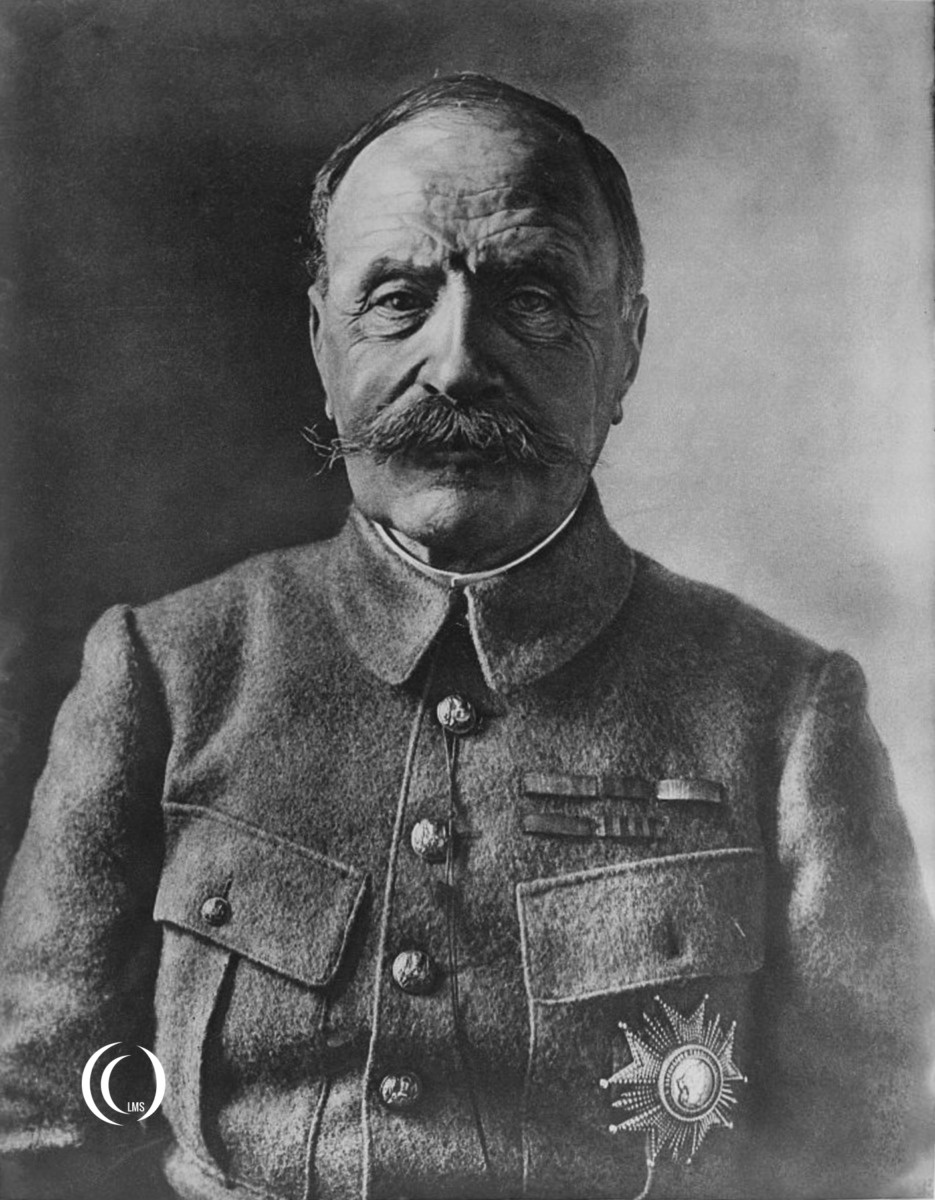
Armistice of 11 November 1918
Although Foch died long before the outbreak of World War Two, his role in the negotiations and signing of the German Armistice on 11th of November 1918 in his personal railway carriage in the forrest of Compiegne, would echo for decades and leave a deep scar in German-Franco relations. After the reading of the preamble of the November 1918 armistice, largely dictated by Foch himself, he left the carriage before the signing, which was perceived as humiliating by the defeated Germans.
Foch’s action inspired Adolf Hitler to recreate the scene from 1918 in Compiègne and act the same, when in 1940 France in its turn was forced to sign an Armistice with Germany after its defeat early in World War II. Hitler had Foch’s carriage taken from its memorial building and placed back where it was in 1918. After the signing, he had all the French monuments on the site demolished and the carriage taken to Germany, leaving only the statue of Marshal Foch behind in the wasteland.
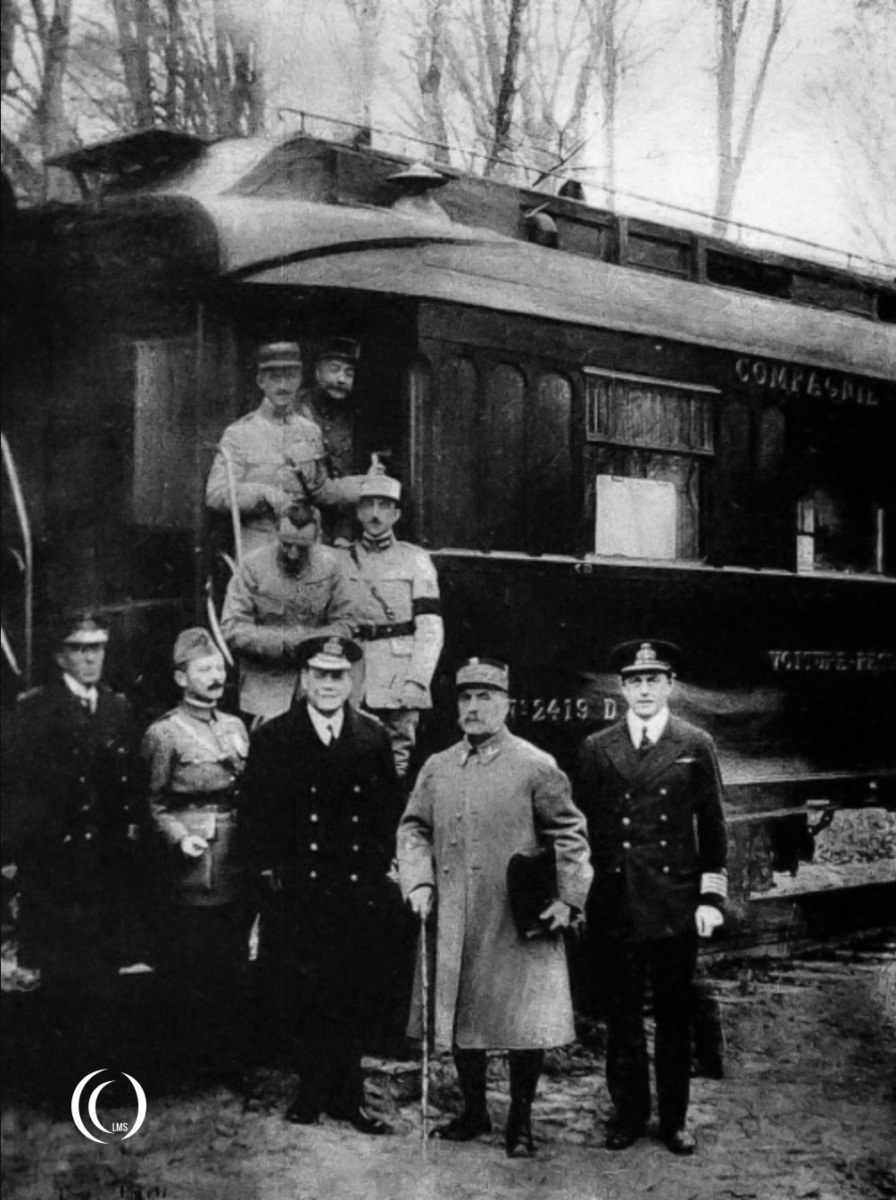
Dôme des Invalides
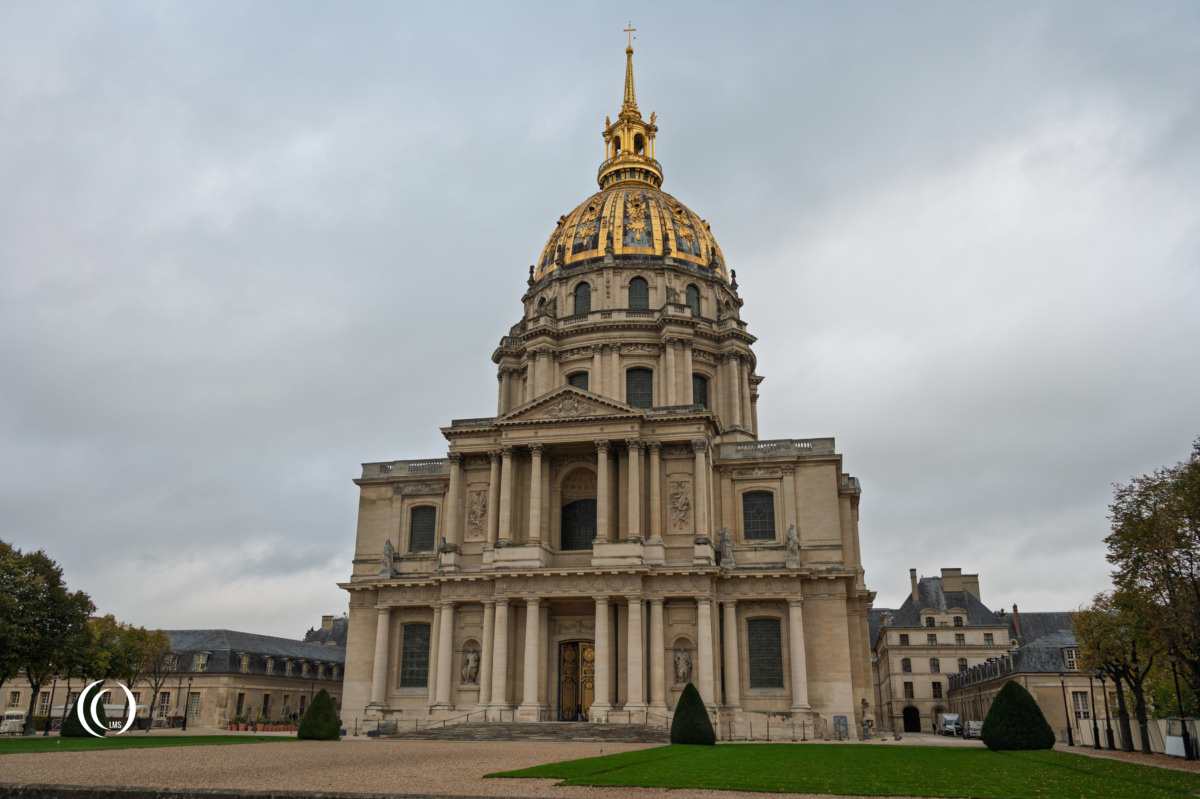
After his death on 20th of March 1929, Foch was buried with full honors on the 26th of March at ‘Les Invalides’ in Paris, near Napoleon’s tomb and other famous French soldiers and officers, in recognition of his lasting contribution to France’s military history. During the preparations of his tomb, Foch was initially interred in the ‘Caveau des Gouverneurs‘ crypt of the Saint-Louis Church at Les Invalides. In 1937 his remains were transferred to his final resting place at the center of the Dome’s northeastern Chapelle Saint-Ambroise.
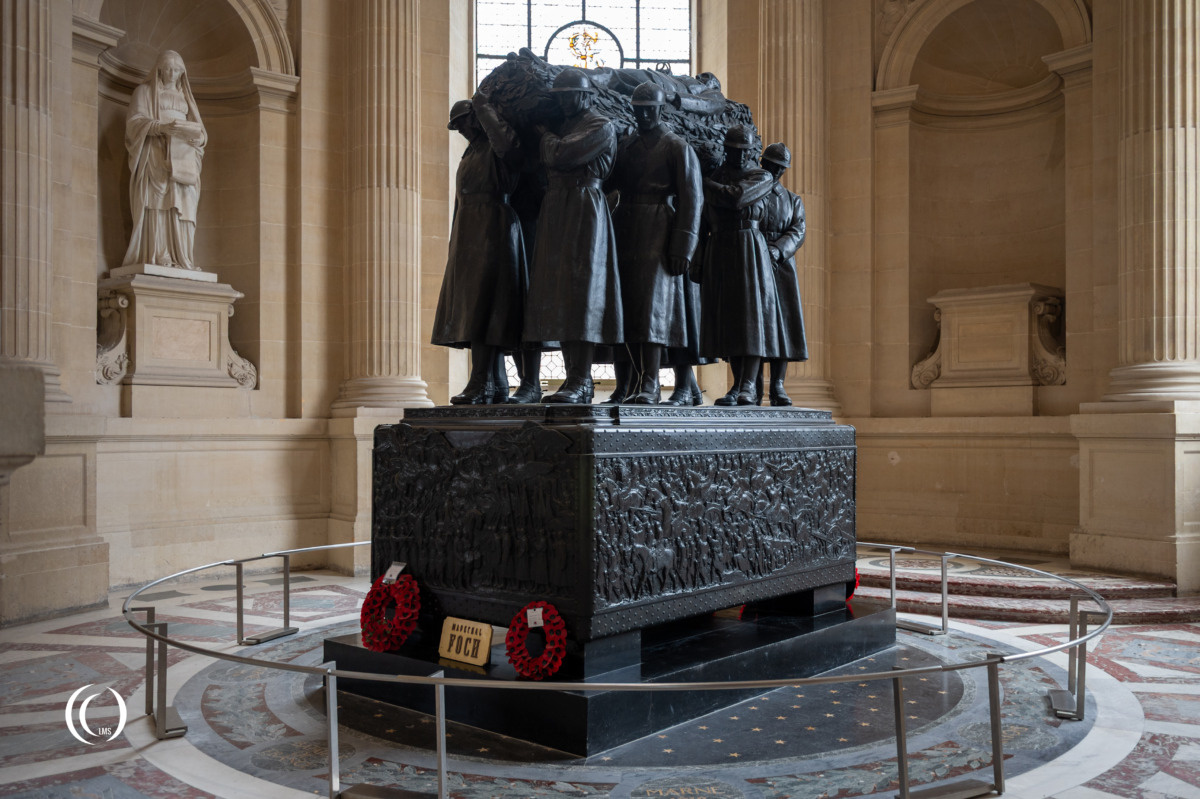
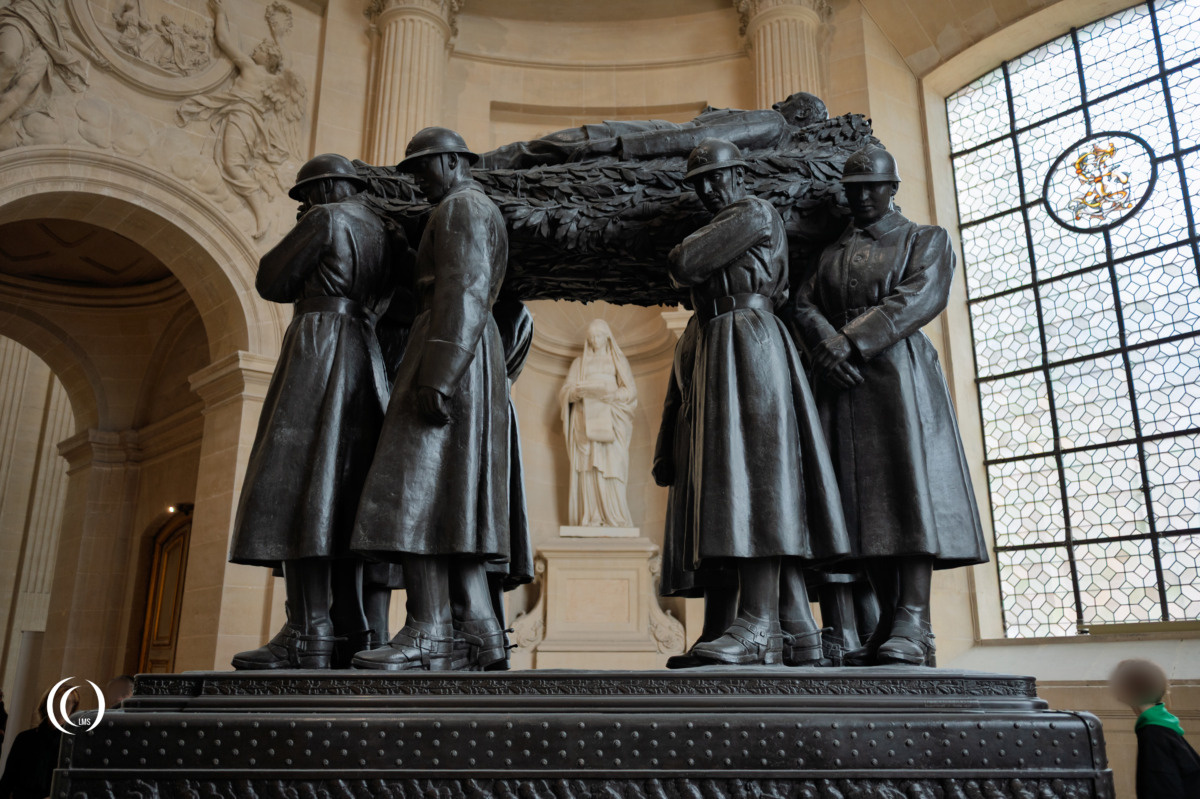
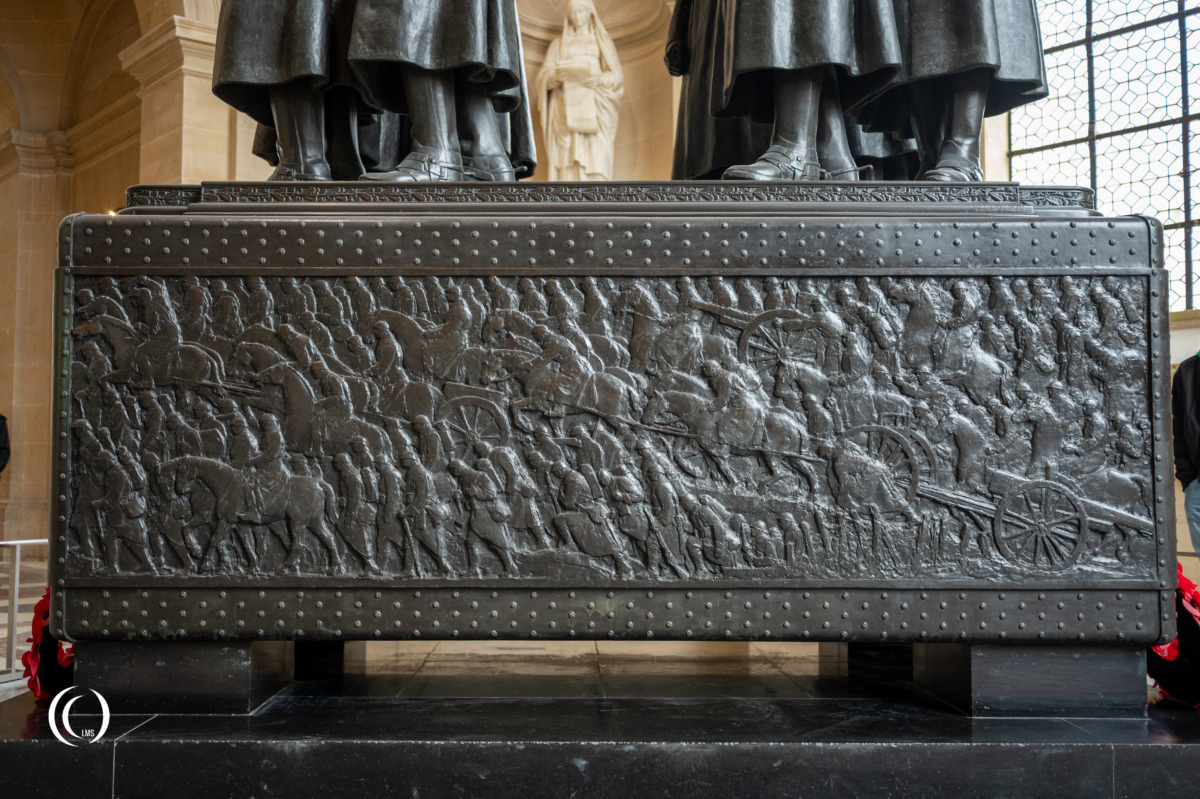
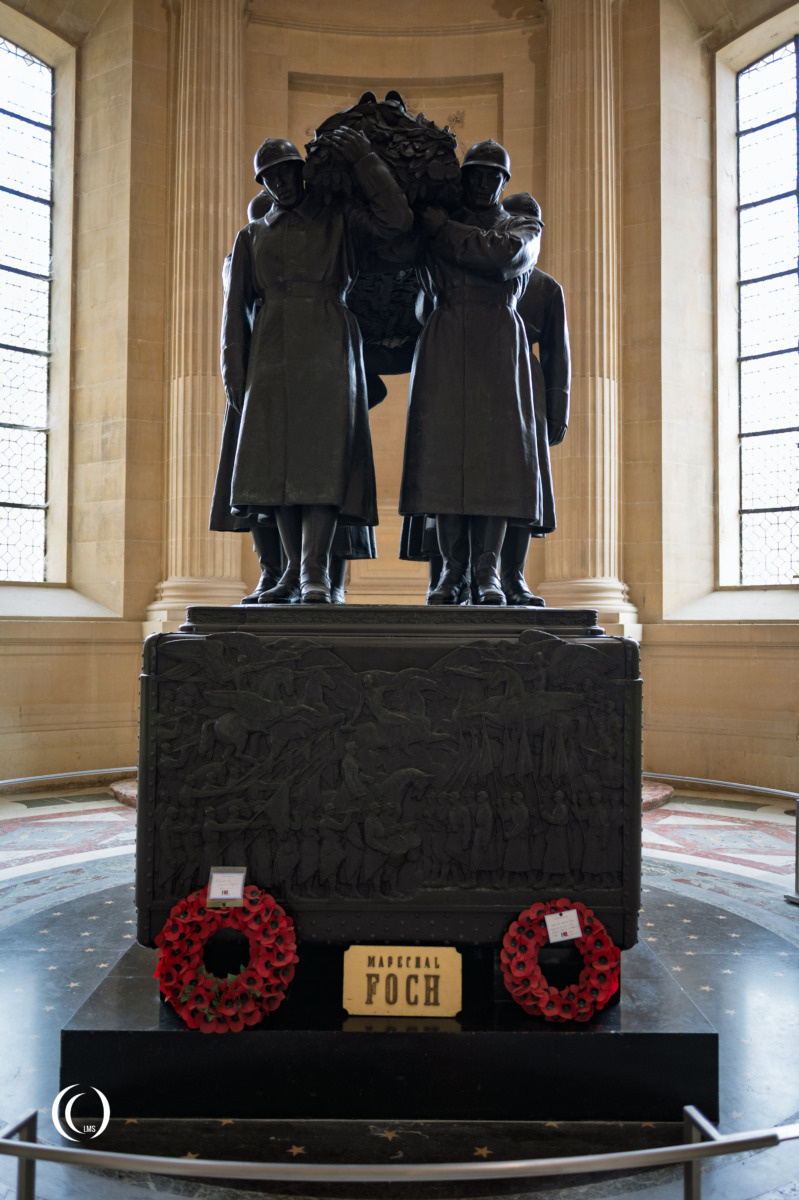
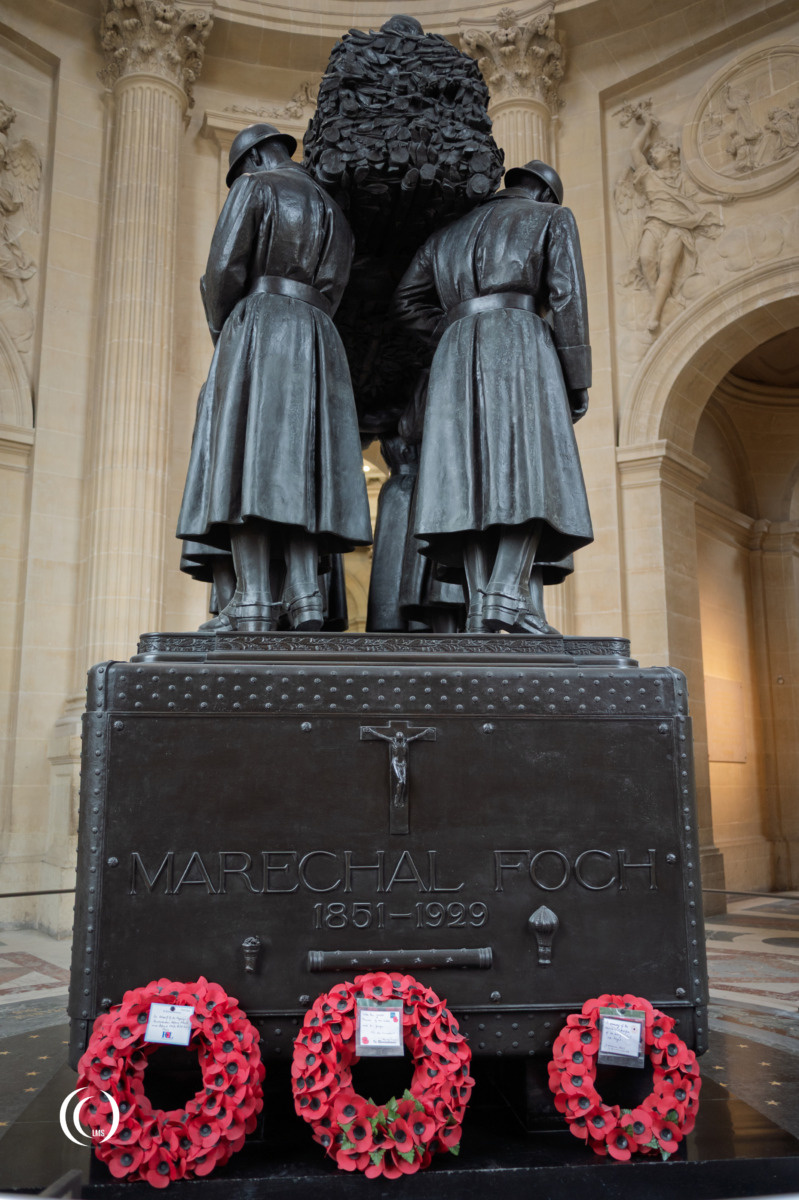
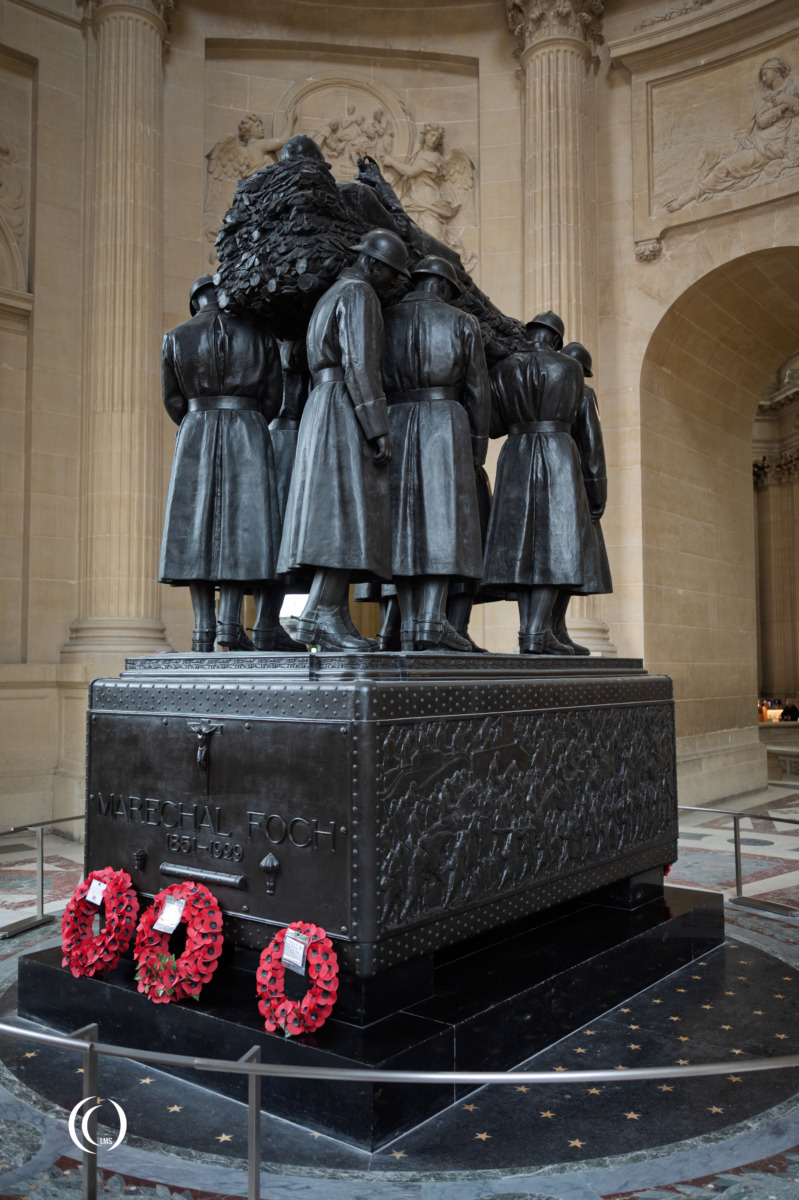
Designed by famous sculptor Paul Landowski the tomb is full of symbolism referring to Foch’s life and achievements. Some examples are the batons he received from Great Britain, France and Poland for his achievements during WWI. They are depicted under his name on the back of the base. The emblems on the soldiers helmets carrying Foch’s casket belong to the artillery branch where Foch was trained himself.
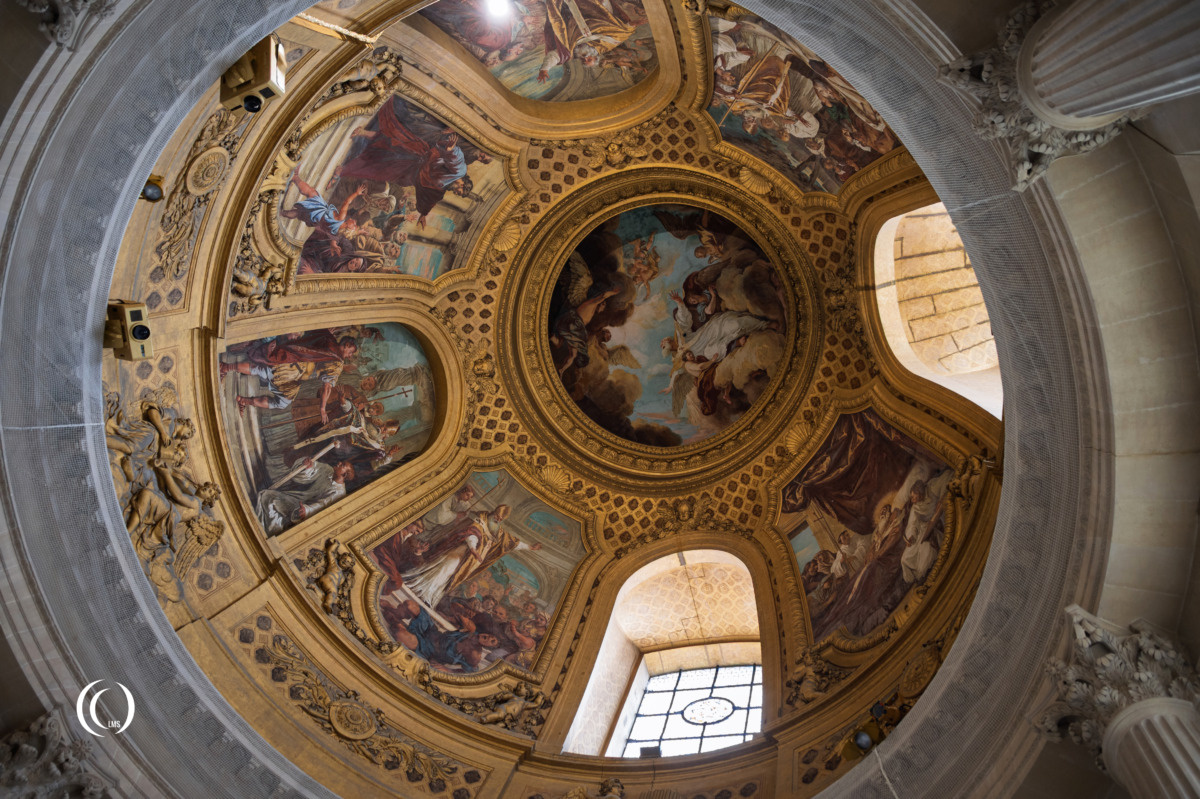
Visit
You can visit Marshal Ferdinand Foch’s tomb at Les Invalides as part of a visit to Musée de l’Armée. Please check the museum website for tickets and opening hours.
Tip: you can combine your visit with a visit to Napoleons grave who is buried in the center of the Dôme des Invalides.